Food Wine Red Wine
Barolo Cannubi - Chiara Boschis
Barolo Cannubi by Chiara Boschis
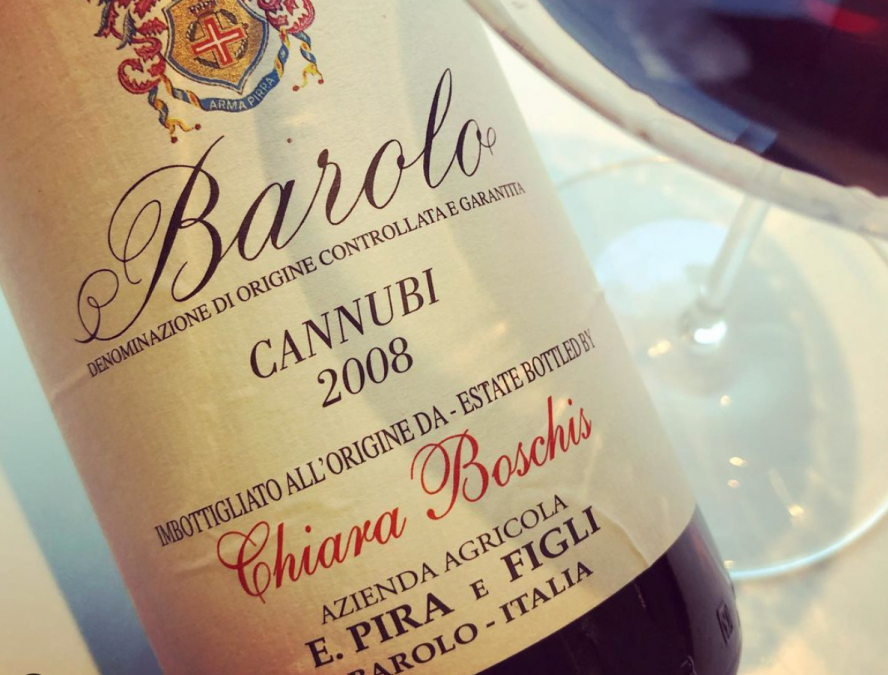
It is undoubtedly the most famous Barolo vineyard. The composition of the soil and the perfect southern exposure of the vineyard give the grapes produced here an extraordinary uniqueness. Here we find, homogeneously amalgamated, both the Tortonian and Elvezian soils, combined with a conspicuous percentage of sand that allows to obtain an extraordinarily harmonious wine. The olfactory scents are sweet, of ripe fruit (cherries, plums) and spices, accompanied by the classic balsamic note that distinguishes it (mint and eucalyptus). On the palate it is warm, powerful, but pleasantly elegant. With an important structure and tannins as strong as it is soft.
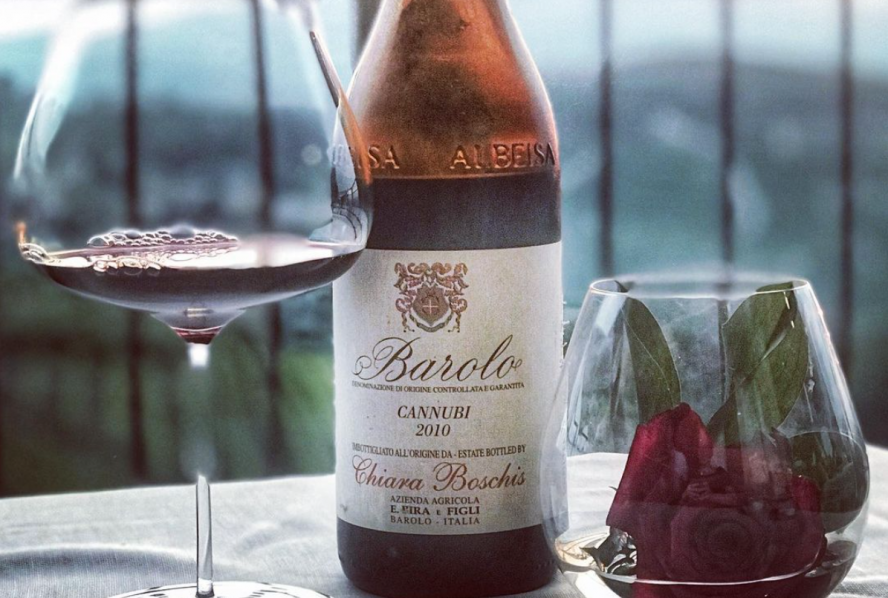
Grapes: Nebbiolo of the Michet and Lampia sub- varieties grown in the property vineyard located on the Cannubi hill in Barolo.
Aging: minimum 2 years of aging in oak barrels and about 1 year of aging in bottle.
Organoleptic Characteristics
- Color: clear and lively garnet red;
- Nose: ethereal, persistent, with floral and fruity notes;
- Taste: dry, savory and harmonious, soft but austere, full and persistent thanks to the tannin.
Pairings: Meat: Fur and feather game, braised meat, hare al civet. Aged cheeses and truffle dishes. Excellent meditation wine.
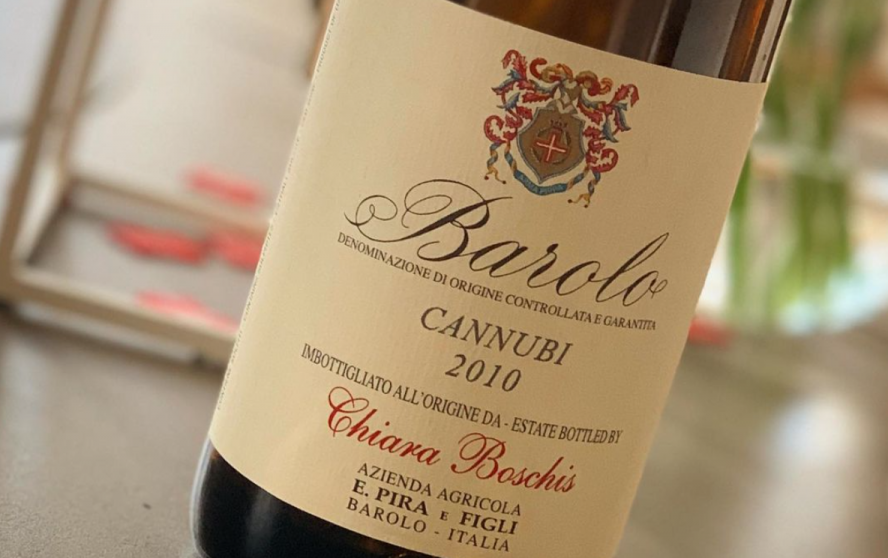
History
The Pira were an ancient family of winemakers, mentioned in the parish registers since the seventeenth century, who also became winemakers in the late nineteenth and early twentieth centuries. Gigi Pira, legendary exponent of the old school of production, created his wines by blending grapes from his own plots of Cannubi, San Lorenzo and Via Nuova. He argued that, just as cows must graze in the best pastures to produce excellent milk, only the best vineyards should be chosen for wine. But Pira's attachment to tradition did not stop there: in fact he was the last remaining winemaker to carry out the pressing on foot and the production without the support of any technical means.

Since 1980, continuity has been guaranteed by Chiara Boschis and her parents Franco and Ida, already linked to the Pira family by deep friendship and mutual esteem and representing a historic family of Barolo producers from the 18th century, now in its 9th generation. After graduation, Chiara began to follow her passion for wine and for her world full time, becoming one of the first women producers of Barolo from the end of the 1980s. Taking care of this "little big house" has brought a breath of renewal to the cellar and in production style. Since 2010, in the ownership of the company, Chiara has been joined by her brother Giorgio who shares with her the great passion for work in the vineyard and in the cellar, also with thirty years of experience. The work on the vines, strictly manual, is carried out with extreme care and respect for the environment, following the dictates of organic cultivation, for which the company has been certified since the 2014 harvest. Production is very limited (about 40,000 bottles per year), from grapes of direct production.
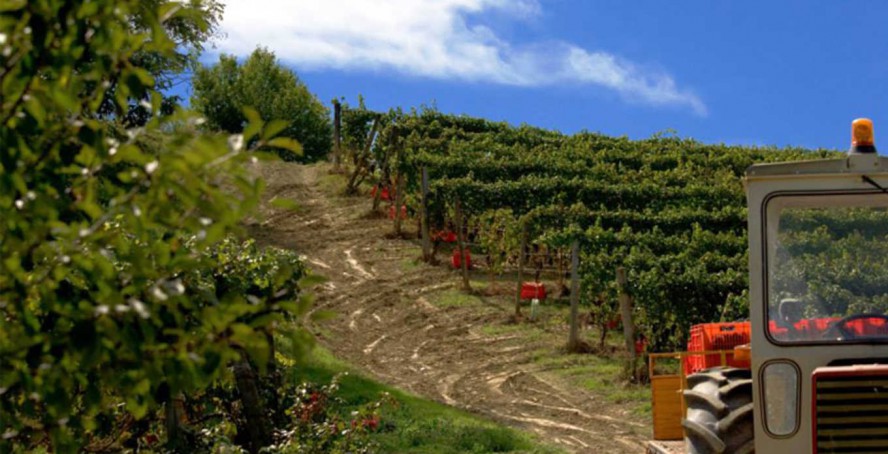
The cellar
Our company is located in the municipality of Barolo and the cellar overlooks the square where via Monforte and via Vittorio Veneto (the so-called Via Nuova) intersect. From here, observing the hills, one can imagine how much work is needed to maintain such steep lands as well as manicured gardens and to obtain this grape of incomparable quality from their generosity. Only grapes from vineyards grown by us and which are almost entirely our property are vinified. About 11 hectares, located among the best areas of Barolo wine production: 2 hectares in the municipality of Barolo in the locality of Cannubi, Liste and Terlo; 8 hectares in the municipality of Monforte d'Alba, in the locality of Conterni, Mosconi, Ravera and Le Coste and 1 hectare in the municipality of Serralunga d'Alba, in the locality of Gabutti and Baudana. At the production level, a choice of balance between innovation and tradition was made, in order to give elegance and balance to a traditionally structured and austere wine.
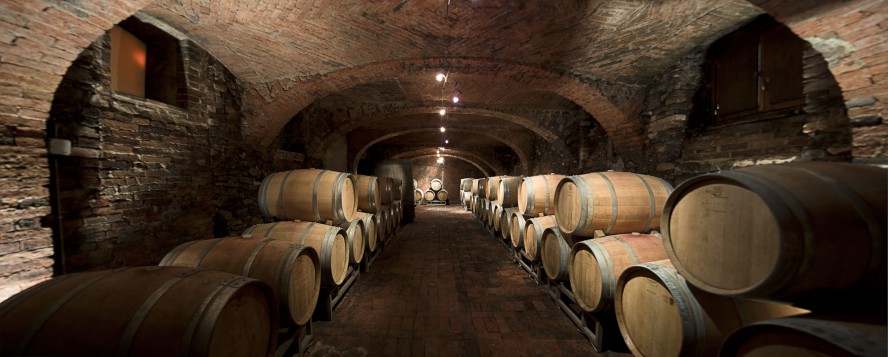
For Cannubi and Mosconi the choice was to vinify the grapes from the individual vineyards separately, in order to underline and enhance their specific organoleptic characteristics. As a tribute to tradition, the “Via Nuova” Barolo is obtained by blending grapes from 6 vineyards: 2 from the Municipality of Barolo, 2 from the Municipality of Monforte and 2 from the Municipality of Serralunga. in order to underline and enhance its specific organoleptic characteristics. As a tribute to tradition, the “Via Nuova” Barolo is obtained from the assembly of grapes from 6 vineyards: 2 from the Municipality of Barolo, 2 from the Municipality of Monforte and 2 from the Municipality of Serralunga. in order to underline and enhance its specific organoleptic characteristics. As a tribute to tradition, the “Via Nuova” Barolo is obtained from the assembly of grapes from 6 vineyards: 2 from the Municipality of Barolo, 2 from the Municipality of Monforte and 2 from the Municipality of Serralunga.
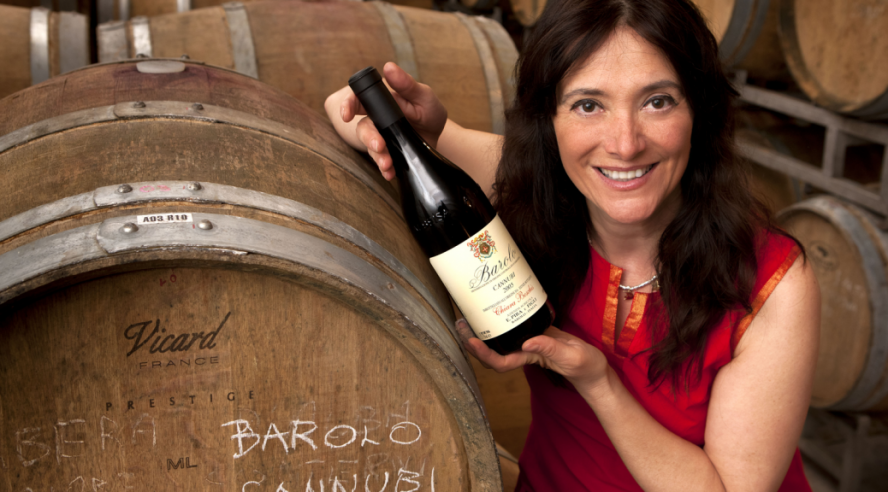
The Working
Vinification: Crushing and destemming - Red vinification (in the presence of the pomace), made in automatic vinificators, with tumultuous fermentation with "emerged cap" and controlled temperature (about 28 °) - Daily punching and pumping over, carried out throughout the fermentation - Racking and light pressing of the marc - Decanting of the lees and relative decanting of racking - "Malolactic" fermentation.
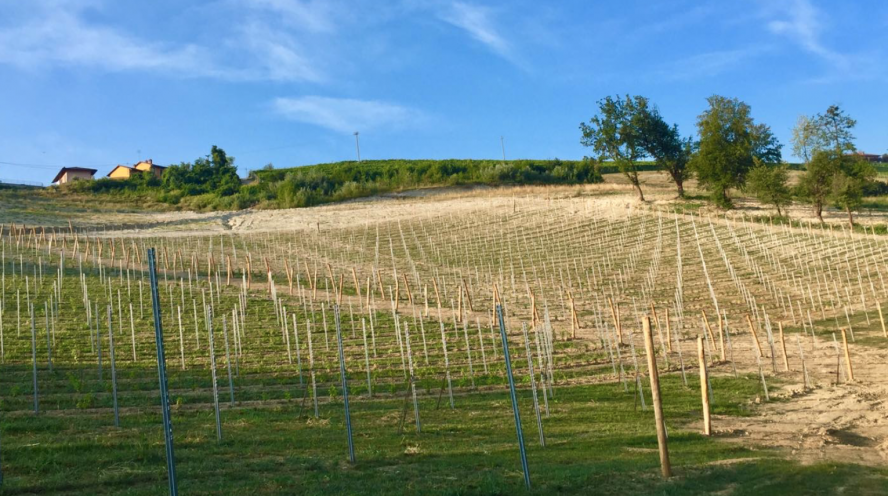
Aging Barolo: in 225 liter lightly toasted French oak barrels (barriques) and in large 2000 and 2500 liter oak barrels for about 2 years - Langhe Nebbiolo: in second passage barriques for about 12 months - Barbera: in barriques second passage for about 12 months - Dolcetto: in steel tanks.
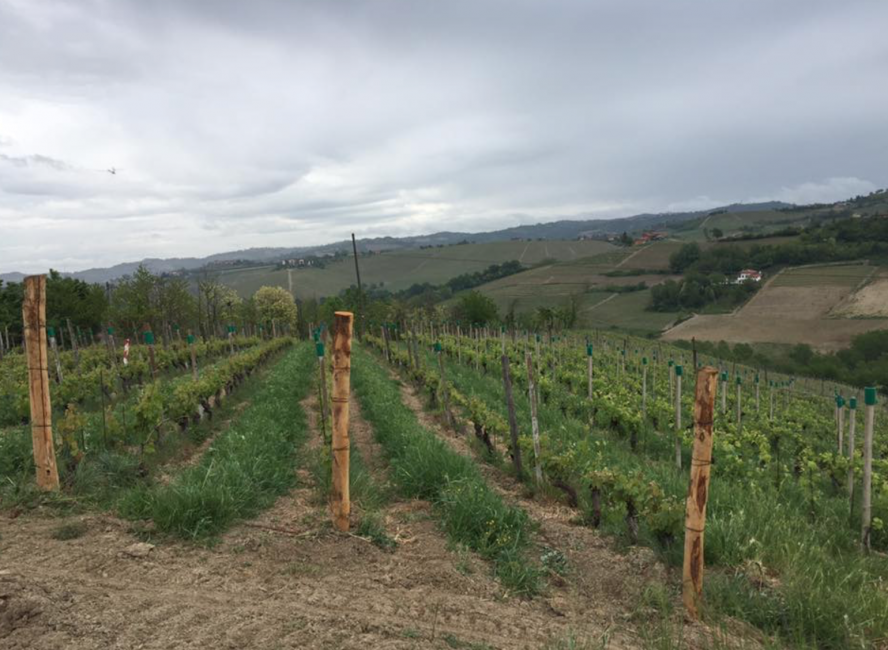
Refinement: Bottling without filtration and clarification (with the exception of a light filtration for Dolcetto which, being bottled "young", does not have time to clean itself naturally) - Barolo: refining of about 1 year in the bottle before release - Langhe Nebbiolo, Barbera and Dolcetto: refinement of about 2/3 months in the bottle before release.
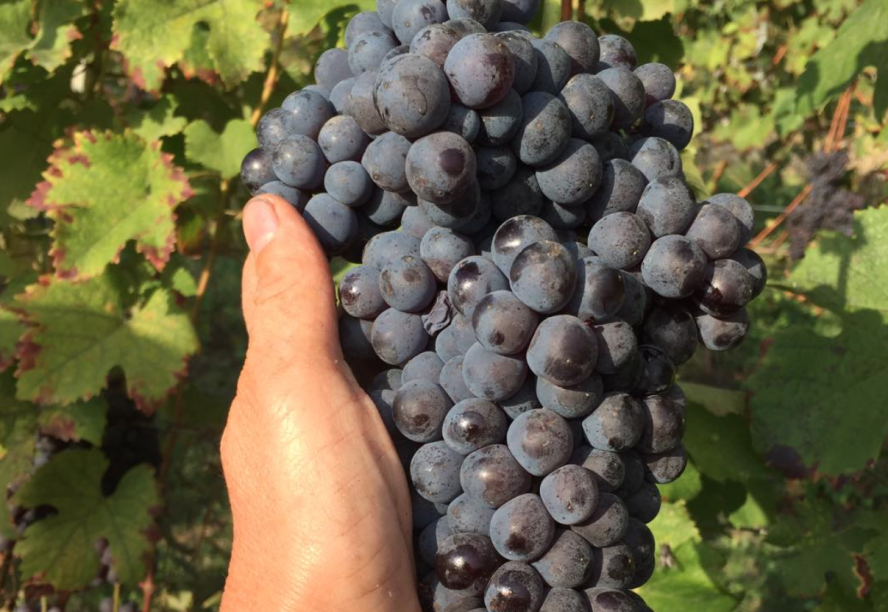
Website : Chiara Boschis
